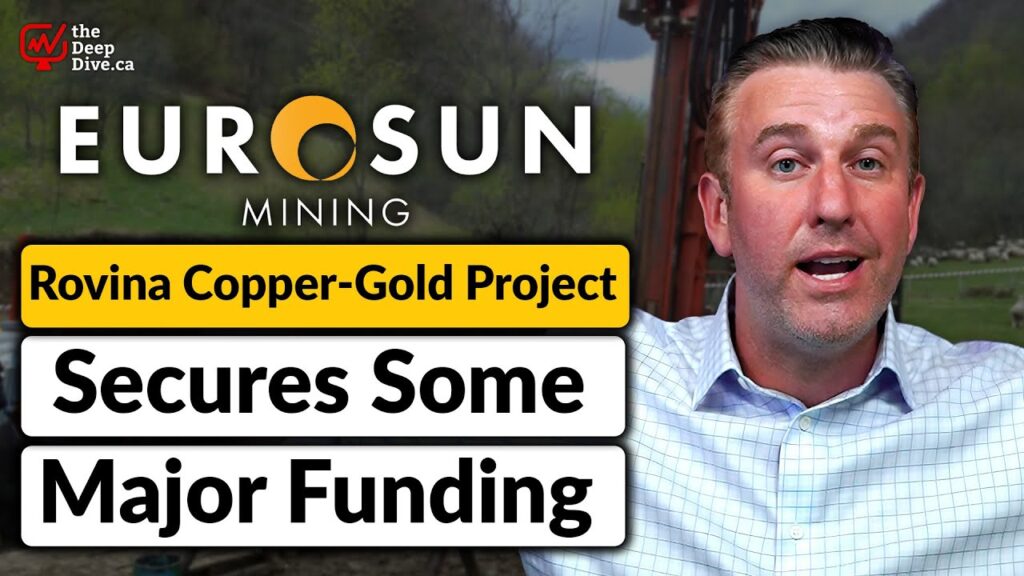It appears that the US federal government is not the only one amassing extraordinary amounts of debt in response to the pandemic. State governments, which are prohibited from running deficits, have been facing some serious financial trouble, as 39 states reportedly do not have enough funds to even pay their basic bills.
According to a report released by the Truth in Accounting, which analyzed the fiscal well-being of 50 US states before the onset of the pandemic concluded that 39 states have amassed a whooping $1.4 trillion in debt at the end of 2019. The largest portion of the state debt has been accumulated from unfunded retirement benefit obligations, including retiree healthcare liabilities and pension plans. However, the coronavirus pandemic has exhausted viable incoming revenues, leaving many states scrambling for cash in order to pay their bills.
In the meantime, the Trump administration and Congress have been unable to reach an agreement on a second stimulus package, leaving millions of Americans without income support and state governments without emergency funding, or funding to pay their bills for that matter. In fact, many state governments have been running extensive deficits due to growing pandemic costs, even though 49 out of the 50 US states are required to balance their budgets by law.

As a result, many elected officials have been excluding the real government costs from their budget calculations, and instead have transferred that cost towards future taxpayer debt burdens. The report ranked each state according to their fiscal health according to their taxpayer burden. The ranking calculates how much each American in that state would have to pay in taxes in order to alleviate the state’s accumulating debt burden:
The alarming growth in state budget deficits will certainly have a profound effect on future taxpaying generations. The federal government already has a lengthly head start on debt accumulation, with public debt anticipated to reach 195% of GDP over the next 30 years. Nevertheless, the skyrocketing state debt will most likely get tacked onto the federal debt pile – with taxpayers ultimately on the hook for everything.

Information for this briefing was found via Truth in Accounting and the CBO. The author has no securities or affiliations related to this organization. Not a recommendation to buy or sell. Always do additional research and consult a professional before purchasing a security. The author holds no licenses.









